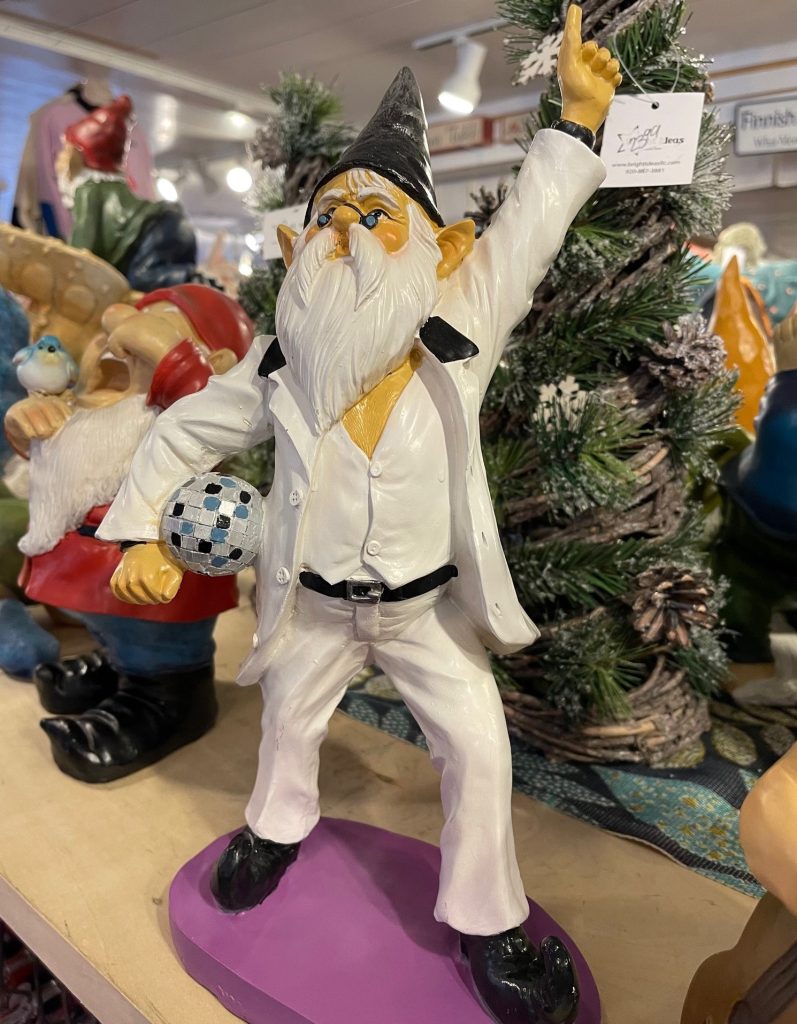
Have we already reached the point of not comprehending enough to avoid past barbarity?
Why are we obsessed with historical facts, did you knows, and snippets of old stories, yet we are once again standing on the precipice of a repetitive hell, of infinite idiocy.
Not to go off on a tangent here, however …
NAH, no digressions. Let’s instead have a preach-free, pear blog.
It’s time to ponder previous purveying pundits and their lists of curious scoops.
Can you dig it? On December 21, 1970, Elvis Presley walked into the Oval Office to meet with President Richard Nixon. The King of Rock ’n’ Roll, (hahaha – are you kidding me with this moniker), had arrived at the White House unannounced earlier that morning to deliver a handwritten six-page letter; in it, he outlined his concerns about the country’s drug culture and offered to “be of any service that I can to help the country out.” (Again – are you blanking kidding me here). Together, they chatted about America’s drug problems, communism, and the Beatles. Before leaving, Presley, a police badge collector, requested a badge from the Bureau of Narcotics and Dangerous Drugs and Nixon granted it to him. The pair also posed for photographs, but both decided the meeting would be kept a secret. The meeting was revealed in the press the following year, but it didn’t make a splash until the 1980s, when the images were released for public research and demand for the photo of the bizarre encounter exploded.
Feelin’ groovy? By the late 1970s, disco had fully infiltrated American culture. What started in underground clubs exploded into the mainstream in unexpected places. The 1977 sensation Saturday Night Fever brought platform shoes, bell-bottom pants, and polyester jumpsuits to the big screen. Beloved Sesame Street characters grooved to disco tracks on not one, but two albums – Sesame Street Fever and Sesame Disco. The backlash, of course, wasn’t far behind. With public sentiment turning and punk rock nipping at its heels, the genre was dealt a tough blow at the infamous Disco Demolition Night at Chicago’s Comiskey Park in 1979.
Cattywampus! Windshields didn’t become standard on most vehicles until around 1915, and while they handily did their job shielding drivers from hazards, they became somewhat of a hazard themselves. When rain, snow, or mud obscured a driver’s view, there was no built-in solution to clear it away. The only option? Pull over, get out, and manually wipe the glass. It wasn’t exactly convenient, but there weren’t a lot of options; one other trick drivers used was to rub a carrot, sliced onion, or even a pinch of tobacco across the glass to create a thin film believed to help repel water. Ultimately, though, stopping the car and getting out to wipe the windshield was the most reliable, if cumbersome, way to see.
An independent flapper! On August 26, 1920, U.S. Secretary of State Bainbridge Colby certified the 19th Amendment, finally granting American women the vote after a hard-fought battle dating back to the nation’s founding. However, the U.S. Capitol had already played host to its first congresswoman a few years prior – Representative Jeannette Rankin of Montana. Women’s suffrage was slowly granted state by state before becoming a national right protected by the Constitution. Montana granted women the unrestricted right to vote in 1914. Two years later, 36-year-old Rankin, a vocal suffragist, ran for one of the state’s two House seats and won. The election of Rankin, the first woman ever elected to the federal government, was a bright spot in American history made dimmer by her misogynistic welcome to Washington. Rankin didn’t take her rightful seat in the chamber until April 2, 1917, due to a month-long debate about whether it was appropriate for a woman to be a U.S. representative. The country still has a long way to go to achieve gender parity in the nation’s legislative branch, but 28% of the members in the current 118th Congress are women — the largest percentage in U.S. history.
We will be featuring more newsletters like this during the upcoming summer season. They are fun, informative, and intriguing.
We have, do, and always will encourage your feedback – positive or negative; perceived or real; overzealous or tempered; sincere or sarcastic – your sentiments are welcome here & thank you for sharing!
Did You Know? Whether you’re a brother or whether you’re a mother … ‘Stayin’ Alive’ was later used in a study to train medical professionals to provide the right number of chest compressions per minute while performing CPR. It has close to 104 beats per minute, with 100–120 chest compressions per minute being the recommended amount by the British Heart Foundation. A study on medical professionals found that the quality of CPR is better when thinking about the song.
LOVED THIS — Definitely more over the summer—–THANKS—-Lis